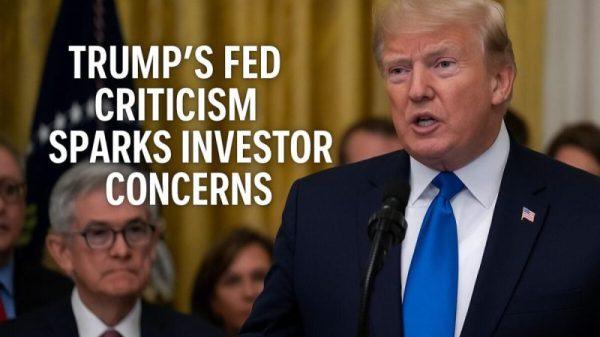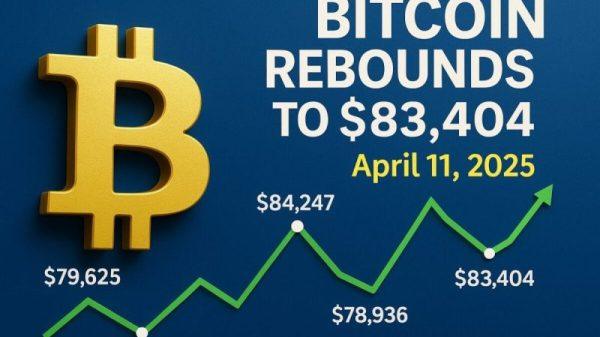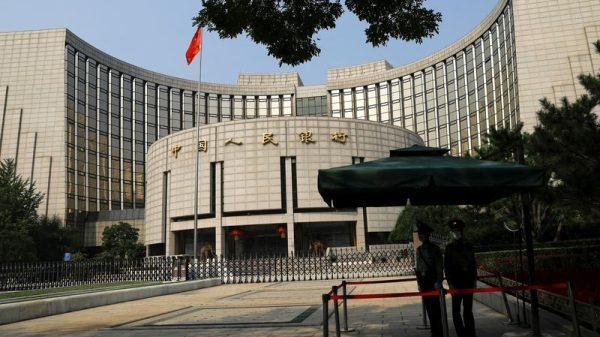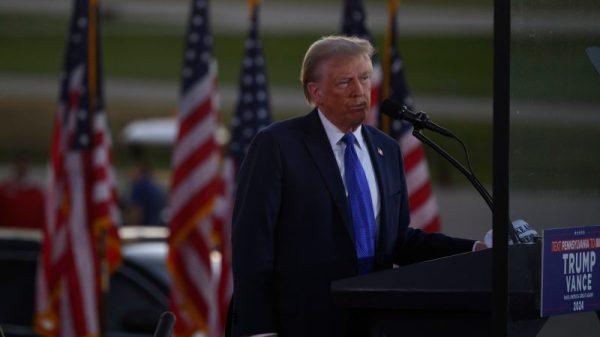By Kevin Yao and Ellen Zhang
BEIJING (Reuters) -China will let local governments issue an additional 6 trillion yuan ($837.7 billion) in bonds to swap for off-balance sheet or “hidden” debt over three years, an official said on Friday, in a crucial step to lower systemic risks in the flagging economy.
The economy has stuttered in recent months, facing strong deflationary pressures amid weak domestic demand, a property crisis and mounting financing strain for indebted local governments.
Concerns for the long-term outlook have been compounded by the U.S. election win by Donald Trump, who has threatened tariffs in excess of 60% on all Chinese goods.
China’s top legislative body, the standing committee of the National People’s Congress (NPC), approved a bill on raising ceilings on local government debt during a meeting from Nov. 4 to 8, a top official said.
The debt swaps aim to resolve local debt risks, Xu Hongcai, the vice chairman of the financial and economic affairs committee of the NPC, added at a press conference in Beijing.
The ceiling for local governments to issue special bonds will be raised to 35.52 trillion yuan from 29.52 trillion.
Authorities have sharply ramped up policy stimulus since late September, including interest rate cuts, to help revive the world’s second-largest economy and ensure growth will reach the government’s target of about 5% this year.
China is struggling to tackle the side-effects from a mountain of debt left from previous stimulus since the global crisis of 2008 and 2009.
This includes hidden debt mainly racked up by local government financing vehicles (LGFVs), raised for infrastructure projects authorities deemed critical for development.
That debt overhang leaves them little room to fund new projects to boost ailing economic activity, however.
At the same press conference, Finance Minister Lan Foan said “hidden debt” of local governments stood at 14.3 trillion yuan at the end of 2023, which authorities planned to trim to 2.3 trillion yuan by 2028.
The International Monetary Fund estimates debts of LGVFs amounted to 60 trillion yuan at the end of 2023, or 47.6% of GDP.
The debt swaps were expected to save 600 billion yuan in interest for local governments over five years.
LGFVs’ debt pile – including loans, bonds and shadow credits – are seen as a growing source of systemic risk in China’s financial system, especially in a shaky economy.
Central and local government debt totalled 147 trillion yuan at the end of 2023, or 117% of GDP, according to the IMF.
($1=7.1533 Chinese yuan renminbi)



































